What Is Notre-Dame Cathedral and 10 Little-Known Facts
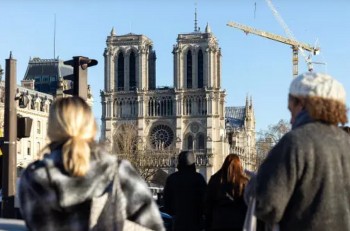 When Will Notre-Dame Reopen to Visitors: First Mass, and Daily Events When Will Notre-Dame Reopen to Visitors: First Mass, and Daily Events Notre-Dame de Paris, the cherished Gothic masterpiece that suffered devastating damage in a fire in April 2019, will officially reopen its doors to the public ... |
What Is Notre-Dame Cathedral?
Notre-Dame de Paris, often simply referred to as Notre-Dame, is one of the most iconic Gothic cathedrals in the world. Located on the Île de la Cité, a small island in the heart of Paris, it is not only a symbol of French heritage but also a testament to the architectural and artistic achievements of the Middle Ages. With its towering spires, magnificent stained glass windows, and intricate stone carvings, Notre-Dame has captivated the imagination of millions over its nearly 860-year history.
In this article, we will explore Notre-Dame Cathedral in detail, examining its history, architecture, cultural significance, and its journey through destruction and restoration.
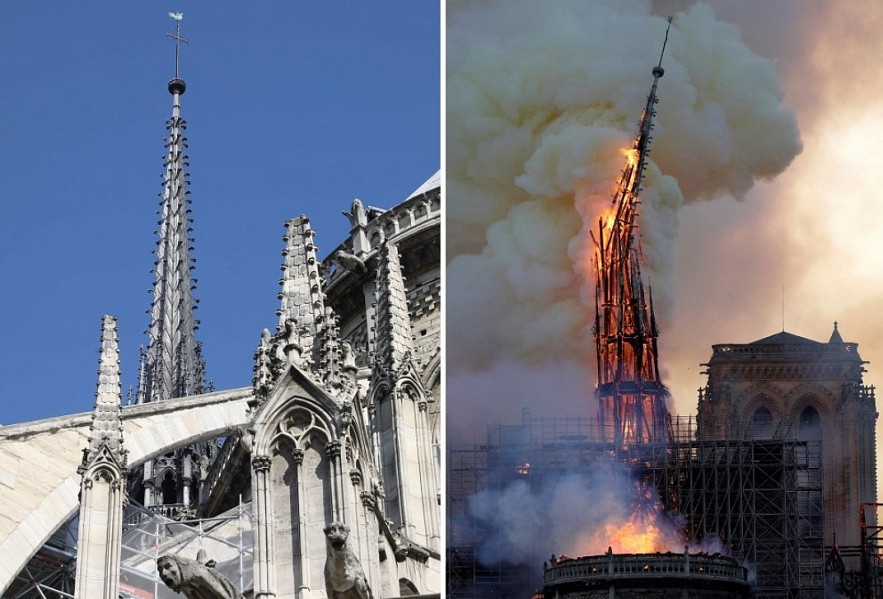 |
| Notre Dame Cathedral tower before and after the fire |
10 Little-Known Facts About Notre-Dame CathedralA Hidden Symbol of the Sun and Moon: Notre-Dame’s design incorporates celestial symbolism. The rose windows represent the Virgin Mary but also align with cosmic cycles, embodying the sun and moon. The Bells Have Names: Each of Notre-Dame’s famous bells has a name. The largest, Emmanuel, weighs over 13 tons and rings on special occasions like Easter and Christmas. It Was Almost Demolished: During the French Revolution, many viewed Notre-Dame as a relic of monarchy and considered demolishing it. It was saved when it was repurposed as the "Temple of Reason." The Great Organ Is a Survivor: The Great Organ, with 8,000 pipes, has survived revolutions, wars, and even the 2019 fire, thanks to swift action by firefighters. Napoleon Changed the Altar Layout: Napoleon Bonaparte commissioned changes to the altar to accommodate his coronation in 1804, blending Gothic and neoclassical styles. An Archaeological Treasure Trove: Excavations beneath Notre-Dame have uncovered Roman ruins, including part of an ancient Roman road and remnants of a settlement. It Has a Secret Garden: Behind Notre-Dame is a lesser-known garden called Square Jean XXIII, offering a peaceful retreat with views of the cathedral’s flying buttresses. The Gargoyles Have a Function: While famous for their eerie beauty, the gargoyles also serve as functional waterspouts, directing rainwater away from the cathedral’s walls. The Spire’s Relic: The spire housed a sacred relic: a piece of the Crown of Thorns. Miraculously, it was recovered intact after the fire. Victor Hugo’s Heroic Influence: In the 19th century, Victor Hugo’s The Hunchback of Notre-Dame sparked public interest in saving the cathedral, which was in a state of neglect. |
Historical Background
The history of Notre-Dame begins in the 12th century when Maurice de Sully, the Bishop of Paris, envisioned a grand cathedral to replace the crumbling Saint-Étienne Church. Construction began in 1163 during the reign of King Louis VII and continued for nearly two centuries. By the mid-14th century, the cathedral had reached completion, becoming a masterpiece of Gothic architecture.
Over the centuries, Notre-Dame witnessed numerous historical events:
-
The Coronation of Napoleon Bonaparte (1804): The cathedral served as the site of Napoleon’s self-coronation as Emperor of France, a momentous event in European history.
-
French Revolution: During the late 18th century, Notre-Dame suffered considerable damage when anti-religious fervor led to the destruction of its religious icons and treasures. It was briefly converted into a “Temple of Reason.”
-
Victor Hugo's Influence: In the 19th century, Victor Hugo’s novel The Hunchback of Notre-Dame (1831) brought attention to the cathedral’s deteriorating state. Public outcry led to a significant restoration project spearheaded by architect Eugène Viollet-le-Duc.
-
Modern History: Notre-Dame has remained central to French identity, hosting events such as memorial services for leaders like Charles de Gaulle and François Mitterrand.
Architectural Marvel
Notre-Dame is widely regarded as one of the finest examples of French Gothic architecture. Its design combines innovative engineering with artistic excellence, resulting in a structure that is both functional and visually stunning.
Key Features:
-
The Façade:
- The western façade is dominated by two massive towers that stand 69 meters tall. These towers offer panoramic views of Paris for those willing to climb the 387 steps.
- The façade is adorned with intricate carvings, including biblical scenes, saints, and gargoyles.
-
Flying Buttresses:
Notre-Dame was one of the first buildings to incorporate flying buttresses, an innovative solution to support the cathedral’s massive walls. These external structures distribute the weight of the building, allowing for larger windows and a more open interior.
-
Rose Windows:
The three rose windows—on the west, north, and south sides—are masterpieces of stained glass art. These windows depict scenes from the Bible and are renowned for their vibrant colors and intricate designs.
-
Spires and Roof:
The cathedral’s iconic spire, added during the 19th-century restoration, was a defining feature until its collapse during the 2019 fire. Plans are underway to rebuild the spire exactly as it was before the fire.
-
Interior:
Inside, Notre-Dame boasts high vaulted ceilings, a grand organ with 8,000 pipes, and numerous chapels. The nave, choir, and altar are adorned with religious sculptures and artwork.
-
Sculptures and Gargoyles:
The cathedral’s exterior is lined with gargoyles and grotesques, which serve both decorative and practical purposes, such as directing rainwater away from the walls.
Cultural and Religious Significance
Notre-Dame has served as a religious, cultural, and artistic hub for centuries. As a Roman Catholic cathedral, it remains a place of worship and pilgrimage, particularly for significant liturgical celebrations.
Cultural Impact:
- Literature and Art: Victor Hugo’s The Hunchback of Notre-Dame played a pivotal role in reviving public interest in Gothic architecture. The novel immortalized the cathedral as a cultural icon.
- Tourism: Before the fire, Notre-Dame was one of the most visited landmarks in the world, attracting 12 million visitors annually. This number is expected to rise to 15 million after its reopening.
Religious Role:
- Notre-Dame has hosted countless masses, weddings, and funerals. It is also the seat of the Archbishop of Paris.
- Significant religious relics housed in the cathedral include the Crown of Thorns, believed to have been worn by Jesus Christ, and a fragment of the True Cross.
The Fire of 2019
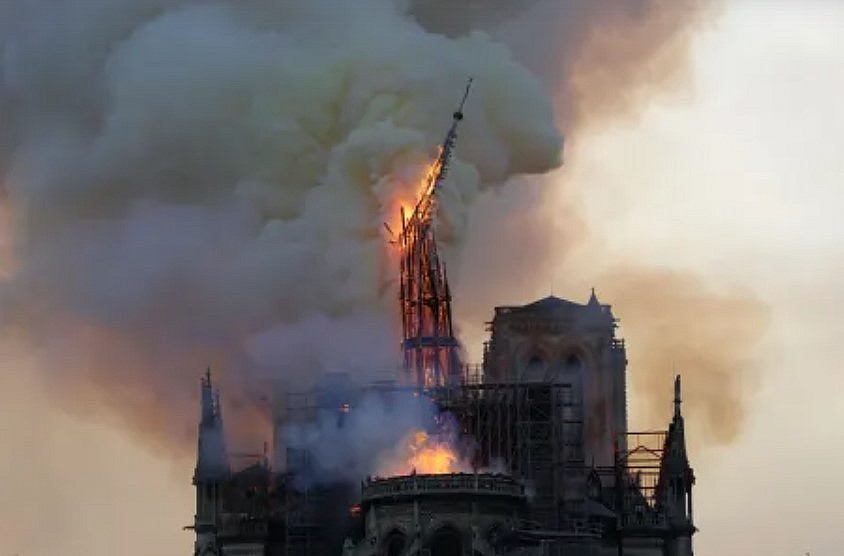 |
| The steeple and spire collapse as the roof of the Notre Dame burns |
On April 15, 2019, a fire broke out in the attic of Notre-Dame, quickly spreading to its wooden roof and spire. The world watched in horror as flames engulfed the cathedral, leading to the collapse of the spire and extensive damage to the structure.
Impact of the Fire:
- The roof, made of centuries-old oak beams, was completely destroyed.
- The spire collapsed, taking with it a significant part of the cathedral’s identity.
- Despite the devastation, the main structure, bell towers, and many priceless artifacts were saved.
The cause of the fire remains uncertain, with investigators suspecting an electrical fault or a discarded cigarette.
Restoration Efforts
The restoration of Notre-Dame has been one of the most ambitious projects in architectural history. French President Emmanuel Macron pledged to rebuild the cathedral within five years, setting an ambitious timeline.
Key Aspects of the Restoration:
-
Stabilization:
After the fire, immediate efforts focused on stabilizing the structure. Scaffolding was installed to prevent further collapse, and charred debris was removed.
-
Rebuilding the Spire and Roof:
The spire is being reconstructed to match Viollet-le-Duc’s 19th-century design, while the roof is being rebuilt using traditional materials like oak and lead.
-
Modern Technology:
Advanced 3D scanning and modeling have been used to ensure precision in the restoration process.
-
Funding:
Donations poured in from around the world, with over €1 billion raised for the project. Contributors included governments, organizations, and private individuals.
Notre-Dame’s Future
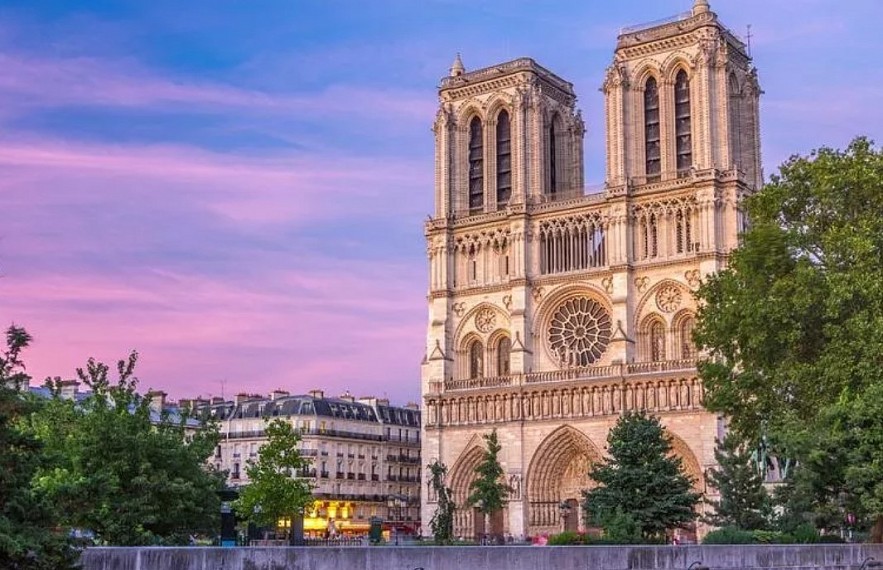 |
| Notre-Dame de Paris is about to open its doors to visitors again |
The reopening of Notre-Dame is scheduled for December 7, 2024, with public access starting the following day. The cathedral’s restoration marks not just a return to its former glory but also an opportunity to enhance its legacy for future generations.
Post-Restoration Plans:
- Notre-Dame will once again host masses and serve as a place of worship.
- The cathedral is expected to attract up to 15 million visitors annually.
- Special exhibits and guided tours will educate visitors about its history and restoration.
Symbol of Resilience
Notre-Dame de Paris stands as a symbol of resilience and unity. It has survived wars, revolutions, and natural disasters, and its restoration after the 2019 fire represents the enduring spirit of humanity. For the people of France and the world, Notre-Dame is more than a building—it is a testament to the power of faith, culture, and collective effort.
Conclusion
Notre-Dame Cathedral is a masterpiece of Gothic architecture, a treasure of cultural heritage, and a beacon of spiritual significance. Its nearly 860-year history has seen it rise to prominence, endure hardships, and now embark on a new chapter of revival. As it prepares to reopen in December 2024, Notre-Dame continues to inspire awe and wonder, drawing people from all corners of the globe to experience its beauty and significance.
In the words of Victor Hugo, “Notre-Dame is a symphony in stone.” Indeed, it is a masterpiece that transcends time, reminding us of the heights humanity can achieve when art, faith, and determination come together.
FAQs About Notre-Dame Cathedral
1. What does "Notre-Dame" mean?
"Notre-Dame" translates to "Our Lady" in French, referring to the Virgin Mary, to whom the cathedral is dedicated.
2. How old is Notre-Dame Cathedral?
Construction began in 1163, and the cathedral is nearly 860 years old as of 2024.
3. Why is Notre-Dame considered a Gothic masterpiece?
Notre-Dame features hallmark Gothic elements like flying buttresses, pointed arches, ribbed vaults, and magnificent rose windows, representing the pinnacle of this architectural style.
4. What happened during the 2019 fire?
A fire on April 15, 2019, destroyed Notre-Dame’s roof and spire. The main structure, bell towers, and many treasures were saved.
5. When will Notre-Dame reopen?
The official reopening ceremony is scheduled for December 7, 2024, with public access beginning on December 8, 2024.
6. How much did the restoration cost?
The restoration project has received over €1 billion in donations from governments, organizations, and individuals worldwide.
7. Is visiting Notre-Dame free?
Yes, visiting Notre-Dame is free. Visitors must book free tickets online to manage crowd sizes.
8. What religious relics are housed in Notre-Dame?
Notre-Dame holds several sacred relics, including the Crown of Thorns, a fragment of the True Cross, and one of the Holy Nails.
9. Can you climb the towers?
Yes, after reopening, visitors can climb the 387 steps to the top of the towers for stunning views of Paris.
10. What events will take place during the reopening?
The reopening includes a grand ceremony, daily masses, and concerts. Notable events include the reopening ceremony on December 7 and the first public masses on December 8.
11. How many visitors does Notre-Dame attract?
Before the fire, Notre-Dame welcomed around 12 million visitors annually. Post-restoration, this is expected to rise to 15 million visitors per year.
12. How can I book a visit to Notre-Dame?
Visitors can book free tickets online starting close to the reopening date. Tickets can be reserved for the same day or up to two days in advance.
13. Is Notre-Dame accessible to people with disabilities?
Yes, the restoration has ensured accessibility for individuals with disabilities, including wheelchair access.
14. What makes Notre-Dame unique among cathedrals?
Its combination of historical significance, architectural innovation, and cultural impact makes Notre-Dame stand out as one of the world’s most iconic landmarks.
15. Why are gargoyles a prominent feature?
The gargoyles are both decorative and functional, serving as rainwater spouts to protect the building’s structure from erosion.
 8 Most Luxurious Handbag Brands That Really Made in France 8 Most Luxurious Handbag Brands That Really Made in France Famous French handbag designers supply French women with the bags they always have on them. Let's take a trip to the fashion capital of the ... |
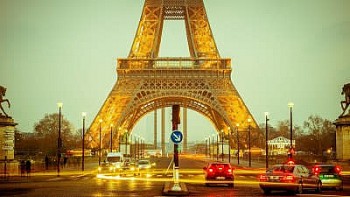 Top 10 Largest Companies In France By Market Cap (2024 Update) Top 10 Largest Companies In France By Market Cap (2024 Update) Which company in France is the biggest in terms of market cap? Check out the full list right below! |
 Top 10 Most Beautiful French Women in 2024/25 Top 10 Most Beautiful French Women in 2024/25 Many lovely women make significant contributions to society and their professions in France, a country renowned for its art, history, and culture. The article profiles ... |
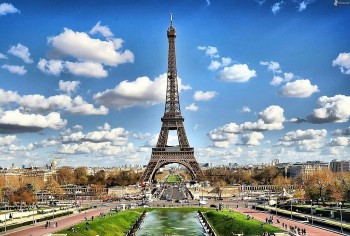 France Calendar in 2025 - Public & Regional Holidays: : Significances and Celebrations France Calendar in 2025 - Public & Regional Holidays: : Significances and Celebrations The abundance of French public holidays allows for plenty of downtime, festivity, and vacation time. Here you may find a list of all the French ... |
























